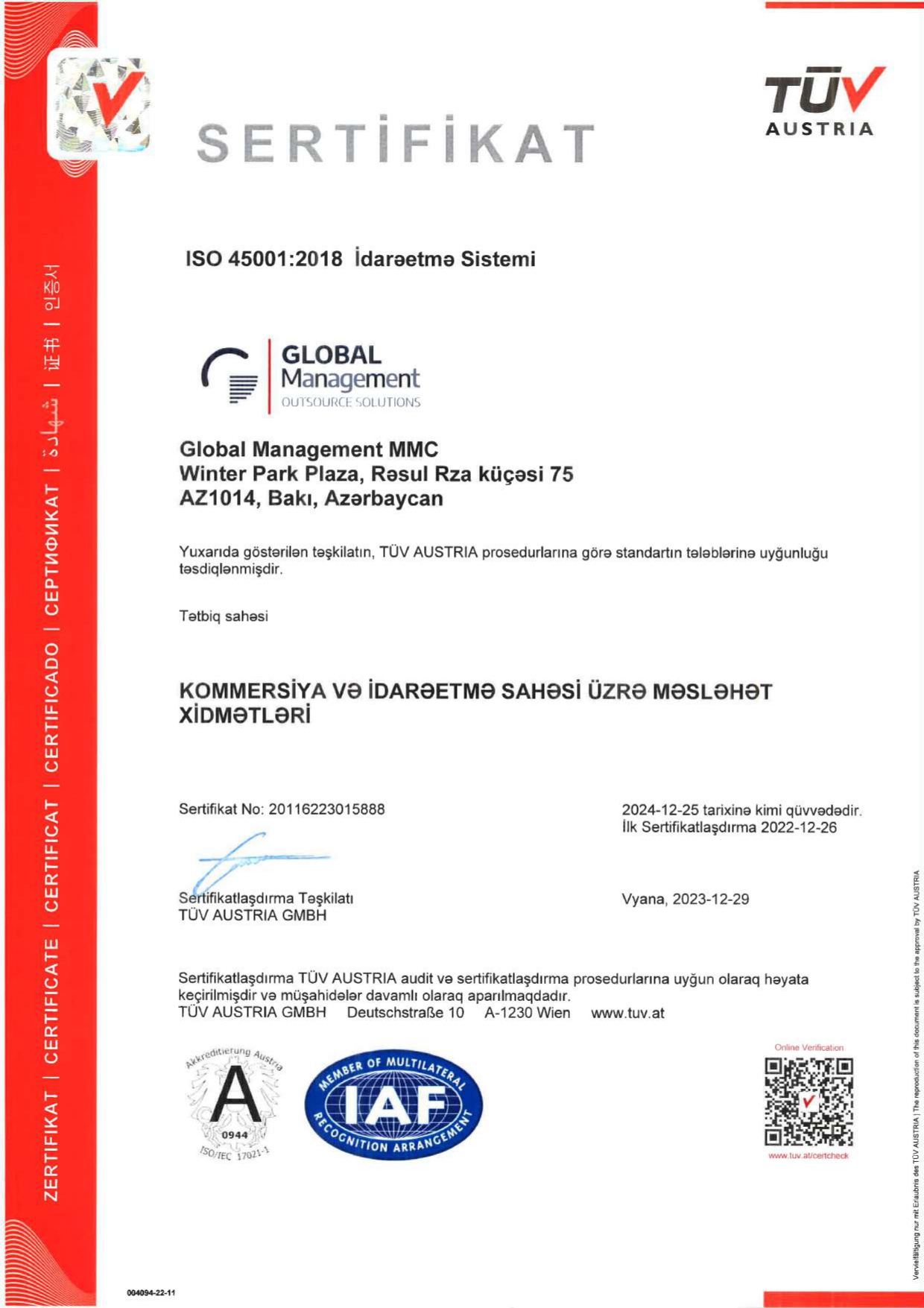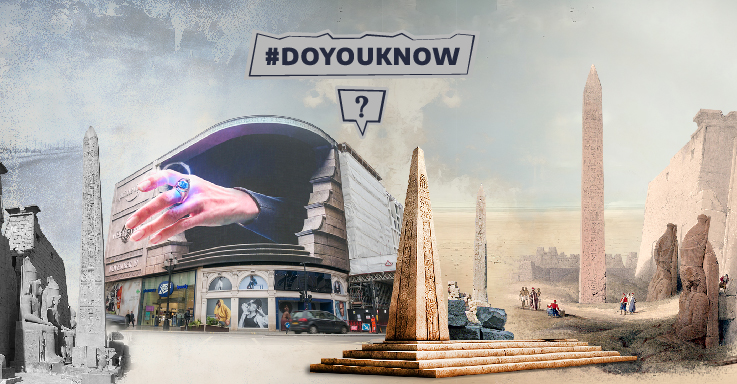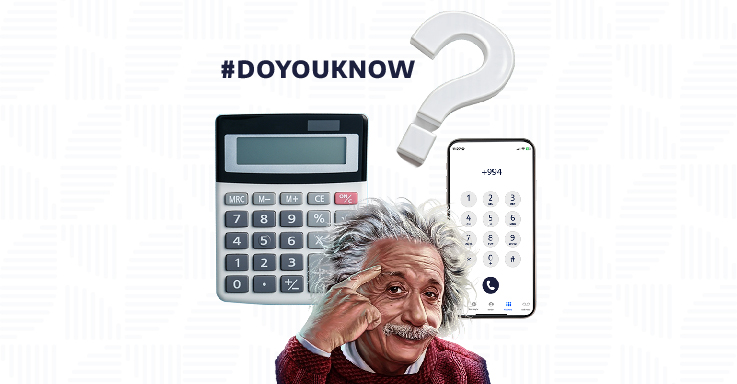Thousands of years ago, the Egyptians used tall stone obelisks to announce laws and treaties. Over time, merchants in America painted signs or pasted posters on walls and fences to offer passersby horse blankets, rheumatism pills, etc. along the way. let them know that they are selling useful items.
Although the first billboards were created by Jared Bell in New York in the 1830s, they became popular in the 1860s. These billboards advertised circus acts like Barnum And Bailey.
In the 1860s, businesses purchased outdoor spaces and began using them for billboard displays. As a result, the billboard industry in America began to develop further. In this period, billboards were drawn or painted by hand.
In 1872, the International Bill Posters' Association was founded in St. Louis. These associations helped spread billboard advertising across the country.
In 1889, a billboard created from 24 pages was presented for the first time at the Paris Expo. This format has become the standard for billboards.
In 1900, a standard billboard structure was established in America and there was an explosion of national billboard campaigns. Major advertisers representing companies such as Palmolive, Kellogg, and Coca-Cola began mass-producing billboards.
After Henry Ford's Model T cars became popular, highways became more developed, which led to an increase in billboard advertising. Advertisers realized that these roads and highways were perfect areas for billboard advertising.
As a result of the transformation from stone obelisks to digital billboards, these creative boards have evolved and still maintain their place in the advertising market.









